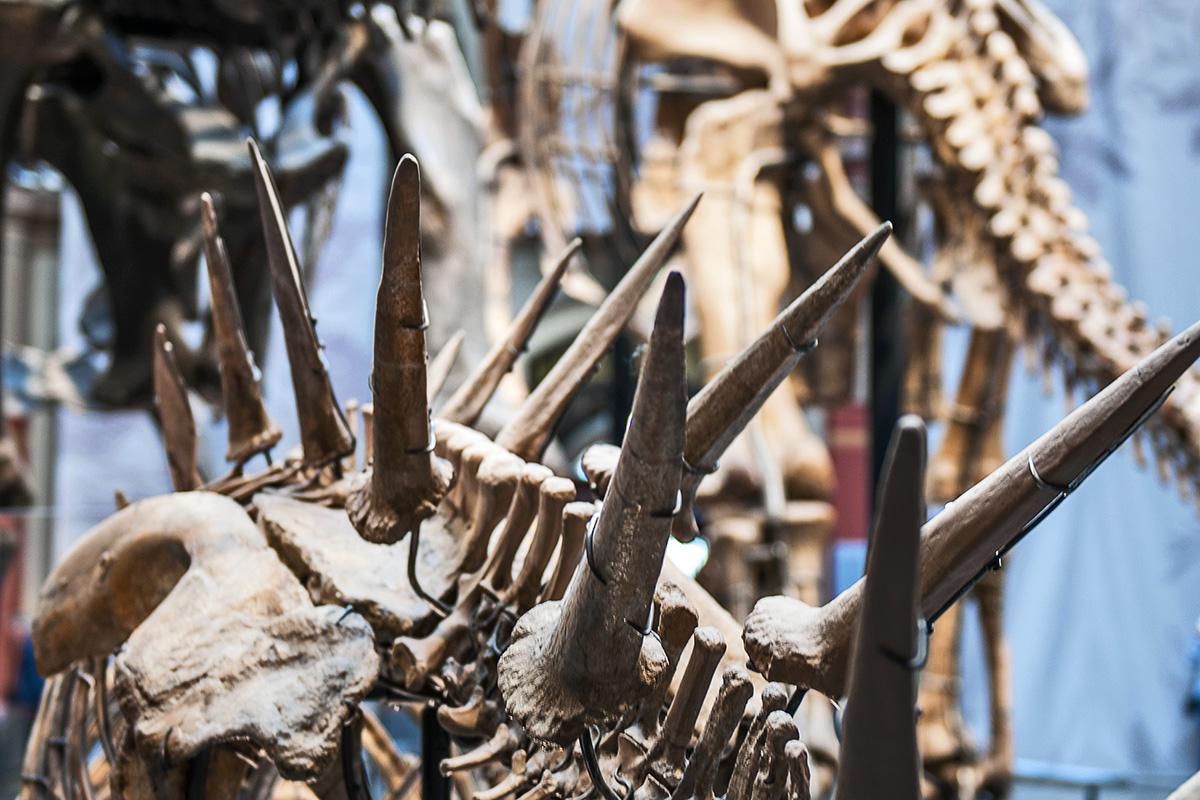DigitalFossil Berlin 2012, an international conference hosted at the Museum für Naturkunde Berlin, aims to bring top researchers with experience in digitizing, curators and technical experts together to exchange up-to-date experiences and idea. The focus of DigitalFossil is dual: creation and curation of digital 3D data, rather than the use, because the latter has been covered by many recent symposia and conferences.
Digitizing fossils - why and how?
In recent years, digital 3D representations of fossils have become a mainstay of palaeontological research. The techniques for creating such data sets, among them CT scanning, laser scanning, photogrammetry and many others, are constantly evolving, with new computer programs coming out almost every day. Researchers regularly ask themselves:
- What is the best 3D digitizing approach for a given research task?
- How can 3D digitizing be performed cost-effective?
- What is the workload involved, and how can it be minimized?
- How can 3D digitizing be performed so that the data collected is not only suited for a specific research approach, but can be archived easily and re-used later for other research and related purposes, including educational tasks
Digital data - how to curate it?
The rapidly increasing amounts of available 3D data created via digitizing of fossil specimens are often not stored securely and efficiently in traditional research institutions. Important issues are:
- How can digital 3D data be stored stably and safely for long times?
- How can digital 3D data be made accessible and searchable via the internet?
- How can digital 3D data be transferred between formats?
- How can digital 3D and conventional data be combined in databases?
- How can copyright and access issues be handled with minimal additional workload?
